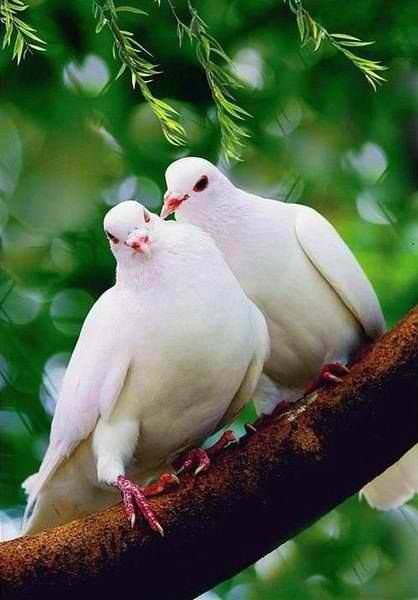The thing today is about birds. This type of photography has its complexity, but as always, there are tricks and tricks that can make it easier and available to everyone. Only requirement: that you like it.
There they go, 7 quick tips with which to photograph birds will be a little easier
7 TIPS FOR BIRD PHOTOGRAPHY
1) Look for the birds on your site: A bird photography session is not achieved by walking, camera in hand, through the neighborhood. Ok, you may agree with a disoriented and lost bird, but if you want to do it well I recommend you go to a park or nature reserve where you will find birds in abundant quantity. If you have a port nearby it may also be a good idea, the seagulls of the ports are usually the first birds that pose for the amateur photographer, as they do not seem to have much repair. 2) Find out about the weather: obvious but sometimes necessary advice Surely you already know that the birds appear or disappear depending on the weather, so keep that in mind when planning your excursion. 3) Get a good telephoto lens: Depending on the size of the bird and the minimum distance it can tolerate, you will need a telephoto lens of greater or less range. I would not shoot with less than 200mm, although if you give me a choice I will go for a 300mm without a doubt. The birds are elusive, they move all the time, so most likely the tripod won't help you much. You will have no choice but to shoot with the camera in hand, which will result in some possibly moved photos. To avoid this, make sure the lens carries the image stabilizer function. 4) Adjustments: Also try to activate all those adjustments that help to stabilize the photo: open the diaphragm as much as the lens allows (remember, that is achieved by a value f / .. as small as possible), and if necessary raise the ISO value a tad, depending on the camera model you have I think you can reach up to ISO 1,000 with hardly any noise. Because all of this? The birds, as I said, are unpredictable, and of course, run the risk of blurring in the photo, unless we capture the photo at a relatively fast shutter speed. The faster the shutter speed, the greater the sharpness of the photo, but in exchange for that sharpness the photo tends to appear dark. Hence my recommendation to use a large diaphragm aperture and to raise the ISO. Also if we shoot on a very sunny day that will help. If you want to copy my method: I usually shoot in Aperture Priority mode (A in Nikon cameras, Av in Canon and other brands). I choose the maximum aperture that my goal allows me (very small f / .. value), and I start shooting. If I see that the first photos are blurry or dark, I upload the ISO value, I upload it and test it, until I get the right balance. One last detail: activate the burst shot please. Bird photography requires many photos to barely save a few that are decent. 5) Focus on the bird's eyes: Do it without more. In photography all animated living beings (humans, animals) are focused on the eyes. 6) Be patient. Do not move. Shuuuut!…: Instead of chasing the birds (they will flee as soon as they realize you're going for them), it is advisable to arm yourself with patience, time, and remain still as much as possible. Soon these flying subjects will lose your fear, at the same time that you do not constitute any threat to them, and they will gradually approach you. 7) Camouflage. Seriously, if you are serious about this type of photography, there are camouflages that are sold precisely to take pictures of animals and birds. These are clothes, coats and shops similar to those of the military, which allow the photographer to camouflage himself in the natural environment and thus be able to be very few meters from the birds to which he wants to photograph. If you want to see what it looks like, check out this page by Javier Milla .CONCLUSION
You don't need to be an expert to go out to photograph birds. It's fun, you learn a lot, and it's a healthy and peaceful way to "hunt" without threatening the physical integrity of any animal.Find everything about JavaScript and jQuery in the cheat sheets, read the JavaScript blog or use the free online tools.


